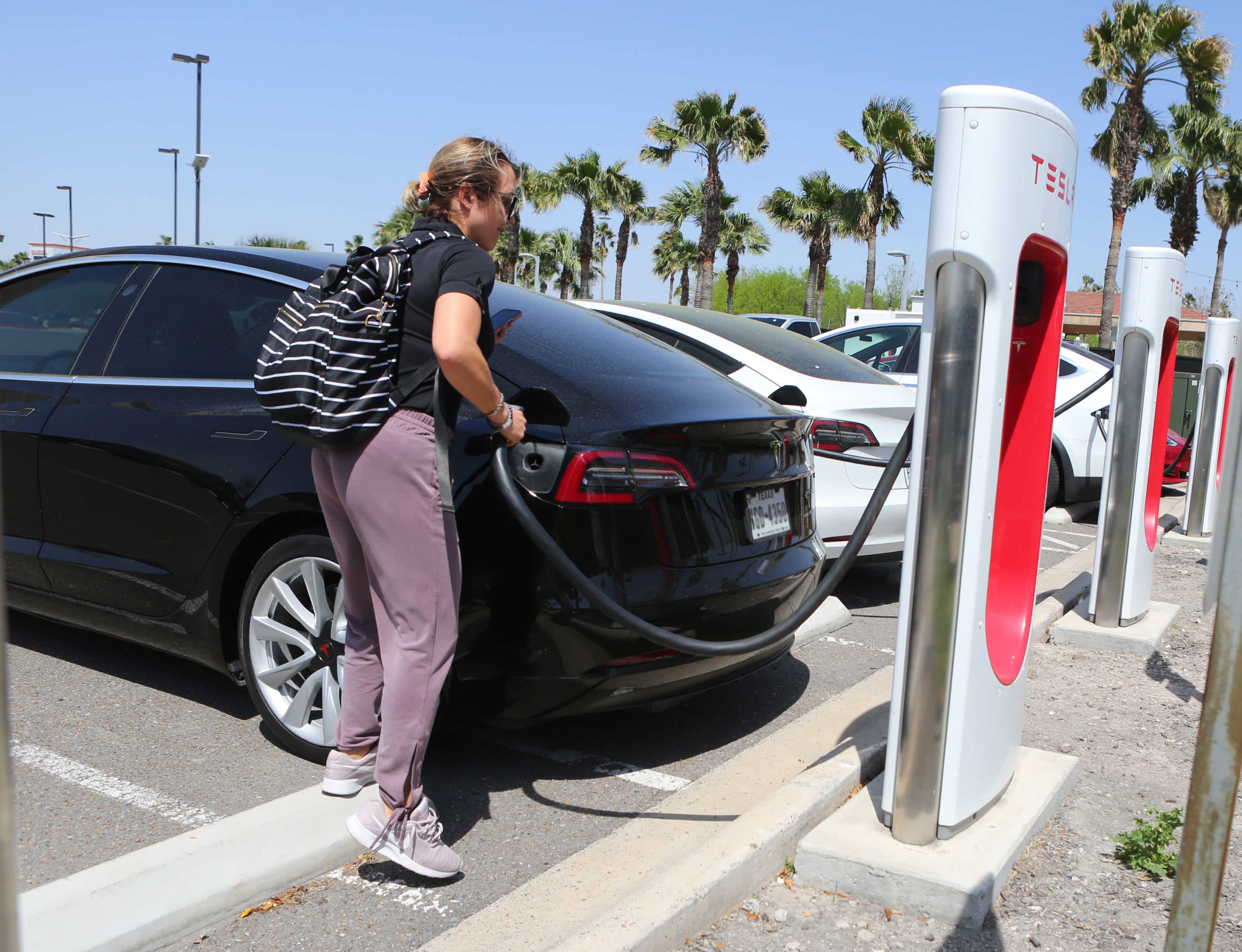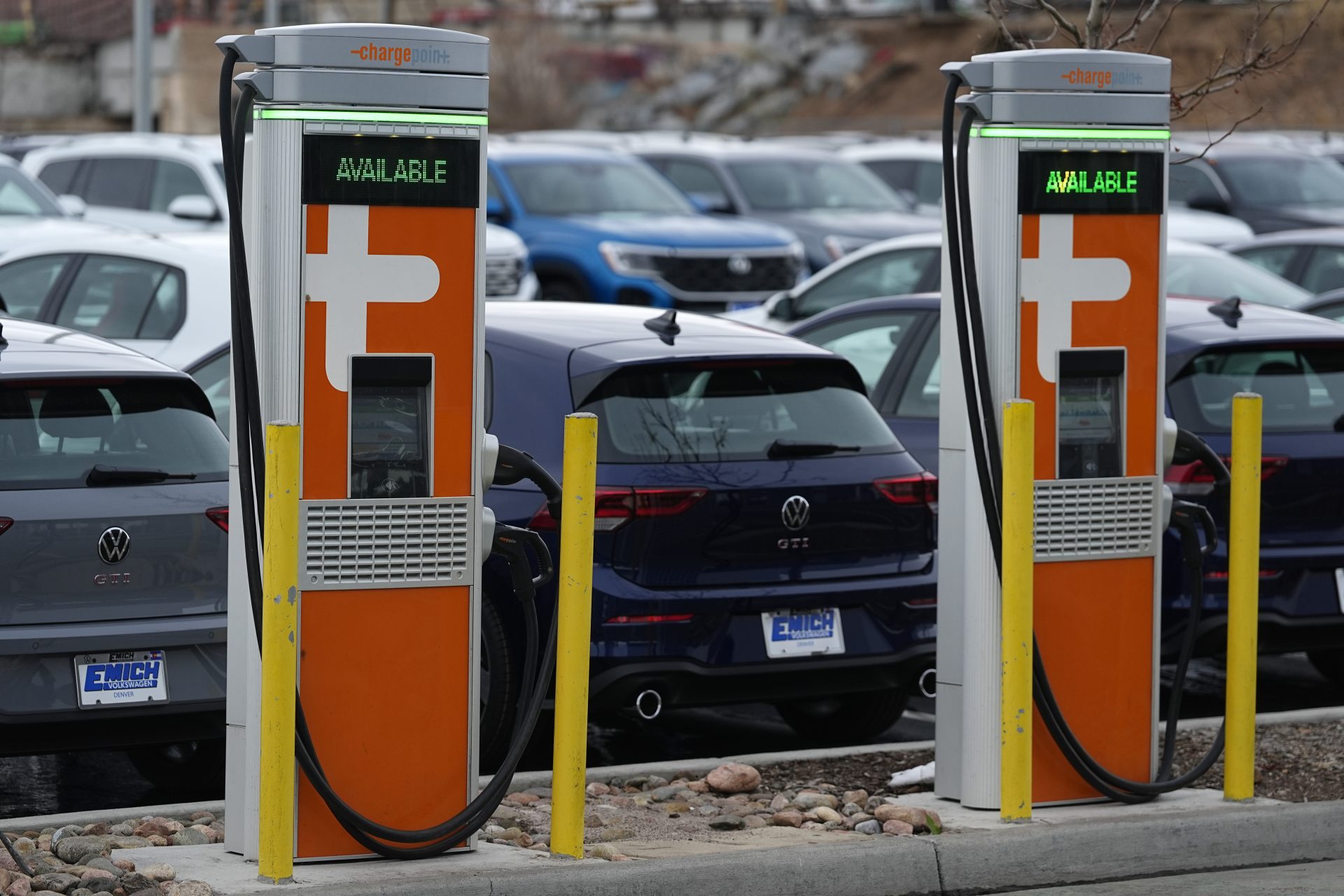|
Only have a minute? Listen instead
Getting your Trinity Audio player ready...
|
A major element of the Rio Grande Valley’s economy is used car sales. Some local streets might have a dozen or more lots selling pre-owned vehicles. The used-car market is big everywhere — they outnumber new car sales nearly 4-to-1 nationwide — but it seems to be even more pronounced in low-income areas such as ours. It’s no surprise: A lot of people just can’t afford a new car.
Needless to say, paying the even higher prices demanded for electric vehicles is out of the question. That’s a major consideration in light of the federal government’s newest effort to make Americans stop driving gas-powered vehicles. The Environmental Protection Agency on Wednesday announced new auto emissions standards intended to push Americans toward meeting the Biden administration’s goal of having more than two-thirds of all new car sales come from electric or hybrid vehicles. It isn’t going to happen. In announcing the new standards, which steadily become more strict from 2027 to 2032, EPA Administrator Michael Regan told reporters the administration is confident they will help the country meet President Joe Biden’s goal of having at last 56% of all new car sales consist of electric vehicles and at least 13% more from plug-in hybrids or other partially electric cars by 2032, while reducing new gas-powered vehicle emissions drastically at the same time.
Roughly 14 million new cars are sold in the United States every year, and last year’s record year for electric car sales amounted to just 7.6% of the market, up from 5.8% in 2022.
Can automakers even produce 10 times as many electric vehicles per year within the next eight years? Are they willing to do so, knowing that even if they make them, the government can’t force so many people to buy them?

Can enough public charging stations be established across the country to accommodate that many electric vehicles within eight years? Land acquisition alone for such facilities will be a major challenge.
Moreover, can we be confident that Texas’ weak energy infrastructure will be able to handle the added demand for electricity?
Chances are, the new restrictions, instead of inspiring more EV sales, might price more Americans out of the new-car market, especially in places like the Valley. We might see more people deciding to buy used vehicles instead of new ones, or holding on to their old vehicles longer. This could actually increase the number of older, less fuel-efficient vehicles on our roads — a result that’s the opposite of what the government is trying to impose.
Electric vehicles are a growing segment of the auto industry; many people want them. But as with most other new technologies, we can’t expect millions of people to run to buy them, even if the government says they have to. In addition to prices that are prohibitive for much of the market, many people would rather wait until the vehicles have built a track record for operating costs, reliability and range.
Just like the current automotive market, the real proving ground for electric and hybrid vehicles will not come from the president’s pen or EPA rulebook. We’ll have to see what happens when these vehicles start showing up at our used-car lots.




